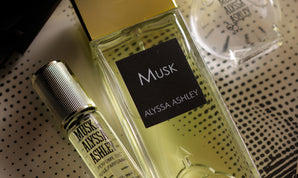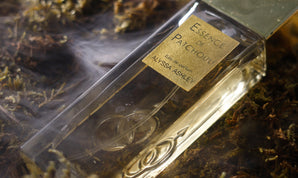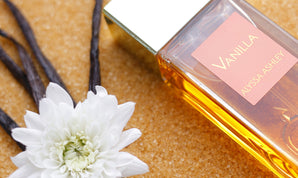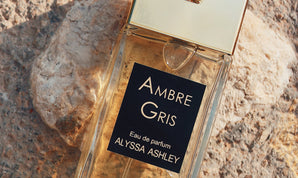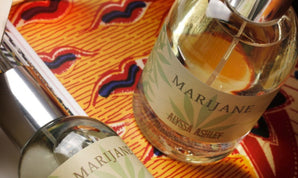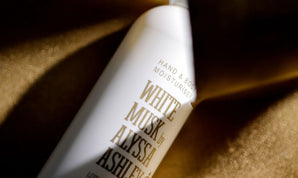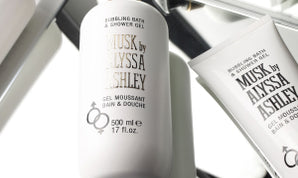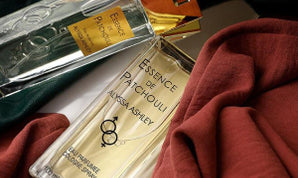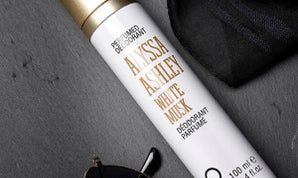We have already talked about the olfactory pyramid and how ,in the composition of a perfume, our Nose should consider not only the interaction of raw materials but also their vitality and persistence. We have also explained that when we build our pyramid, we have the more volatile notes at the top and the most persistent at the base.
Obviously, starting from such a simple concept, the perfumer can indulge himself with creating thousands of compositions. However, despite the diversity of results, due to the infinitive facets a perfume could have (according not only to the raw material but to their origin), there are common characteristics in a perfume creation , which allow us to classify them into different olfactory families. This classification let us move more easily in the crowded world of perfumery and allow us to get oriented towards those scents that match better with our taste.
The olfactory families ranking
The olfactory families ranking has been introduced in the XIX century by the French Society of Perfumers, and it is based on the elements which compose the fragrance and its olfactory pyramid. To start with, there were seven olfactory families and although ,as years go by ,more others have been created, the French Society of Perfumers only acknowledges the original seven.
The categories are:
- Hesperidate : also said zesty or citrus, refers to those compositions rich in citrus fruit such as bergamot, lemon,mandarin. The name comes from the Greek myth of Hesperides, maidens who guarded Hera's golden apple garden. Aqua Mirabilis by Gianpaolo Feminis ( end of 1600) is the progenitor. Fresh and light fragrances combined with dynamic and energetic character.
- Aromatic: the predominant raw materials come from aromatic plants with hints of freshness . Lavender is their main exponent. Amongst the most memorable in this category we have Pour homme by Caron. Through the history of aromatic perfumes they went from a monochord composition to the English lavender in 1799, many time revisited , till more and more sophisticated ones./li>
- Flowery or Fruity: this is the largest family and the easiest to recognise. It has an obvious feminine imprinting. One of the most common and important accord of this family is the mix of jasmine, rose and Ylang Ylang. The accord is sweet, soft and gentle The flowery family can be divided in four sub categories.
- Mono-flourish, where the olfactory characteristic of one single flower stands out. Perfumes composed in such a way are the most ancient in the world and even nowadays we found a lot of examples, amongst which all the ones dedicated to the Rose.
- The flowery bouquets , where the mix of different flowers has to be perfectly balanced in order not to exalt one of them on the others. The olfactory pyramid which until now is the point of reference for perfumers who want to create a fragrance in this category, is the one created by Bienaime in 1912 for Maison Houbigant. The perfume Quelquefleur is in fact the progenitor of this class.
- Aldehydic floral, with an excellent progenitor in Chanel n.5. The aldehydic note gives a fizzy effect and pushes the floral notes of the composition. Finally a floral green, where the herbal notes give a touch to the floral part./li>
- Fern (Fougere ): predominantly manly world,the family of ferns is not too far from the one of Cypres, but with a more aromatic kick. Its progenitor is , Fougere Royale by Houbigant, created in 1882 by Paul Parquet, first example of modern composition in the history. The olfactory structure is characterised by an accord based on lavender, geranium, vetiver, oak moss and coumarin or Tonka bean. It's considered father of the modern perfumery since it has been the first perfume, together with Jicky by Guerlain, to introduced a synthetic raw material into the composition. The coumarin in Fougere Royale and vanilla in Jicky's case ( let's remember that in perfumery for synthetic we mean everything you can't find in nature at a pure level and not just the raw materials you can reproduce in a lab.).
- Chypre: very often used to mistakenly indicate talc notes, the Chypre family name comes from the island of Cyprus , to whom Francois Coty got inspired to create the homonymous perfume. Its structure is based on bergamot, rose, jasmine,oak moss. When Francois Coty created this fragrance ,he said that he finally composed a perfume which could give women exactly what they wanted. /li>
- Woody: characterised by the enveloping and warm woody notes, from the exotic ones or animalised to those drier and balsamic. We go from accords of cedar,vetiver and patchouli till sandal , chypre and oud. Amongst the first fragrances we find Pino Silvestre by Vidal or Fahrenheit by Dior.
-
Oriental : category used to define very enveloping and luxurious olfactory sensations, it includes compositions characterised by patchouli , vanilla and spices like cinnamon. Amongst the first successful perfumes we remember Shalimar by Guerlain and Opium by YSL. These are fragrances of huge impact , with sharp exotic evocations. The compositions of this category can be divided in other four sub families/li>
- Flowery Oriental Woody, warm,sweet and soft;
- Flowery Spiced Oriental, sweet, spicy and soft;
- Oriental Soft, very velvety and often with strongly talc facets;
- Semi-Oriental, extremely sweet, less rich and sometimes less soft.
Many believe that the olfactory families might be somehow linked to specific personalities. I personally think that each family transfers to those who perceive it something of the person wearing that perfume. We must not forget that the first thing of us that hits someone's attention is our personal smell and certainly through our scent we communicate a lot with people around us. More than linked to our personality it matches with our mood. Thus Hesperides fragrances transmit energy, while flowery ones femininity or the oriental ones sensuality. Would you like to have fun?? Do our olfactory identikit and let's see which family I'll advise you today!
